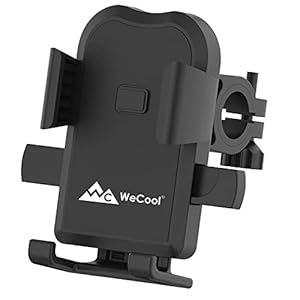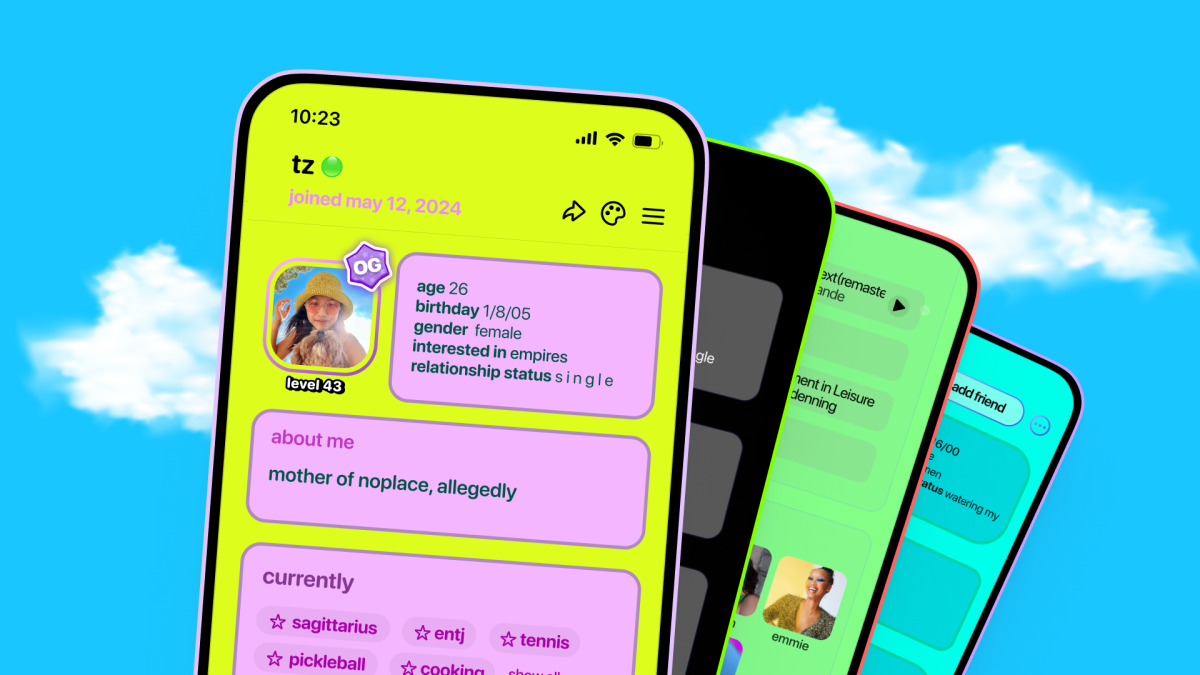
Already fascinated with , some members of Gen Z have puzzled what these early, less complicated social networks had been like. Now, they will get an concept due to a brand new app , which recreates some features of Myspace greater than a decade after its fall from the most-visited website within the US.
The app formally launched earlier this month and briefly made the in Apple’s App Retailer. Dreamed up by Gen Z founder Tiffany Zhong, noplace payments itself as each a throwback and a substitute for mainstream social media algorithms and the creator tradition that comes with them. “I missed how social media was again within the day … the place it was really social, folks would publish random updates about their life,” Zhong tells Engadget. “You type of had a way of the place folks had been by way of time and area.”
Although Zhong says she by no means obtained to expertise Myspace firsthand — she was in elementary college throughout its early 2000s peak — noplace manages to nail lots of the platform’s signature parts. Every consumer begins with a brief profile the place they will add private particulars like their relationship standing and age, as properly a free-form “about me” part. Customers may also share their pursuits and element what they’re at present watching, taking part in, studying and listening to. And, sure, they will embed track clips. There’s even a “prime 10” for highlighting your greatest mates (unclear if Gen Z is conscious of how a lot that exact Myspace characteristic inflicted on my era).
Myspace, in fact, was at its peak years earlier than smartphone apps with a unified “design language” turned the dominant medium for searching social media. However the extremely customizable noplace profiles nonetheless handle to seize the vibe of the bespoke HTML and clashing shade schemes that distinguished so many Myspace pages and web sites on the early 2000s web.
There are different acquainted options. All new customers are robotically mates with Zhong, which she confirms is a nod to Tom Anderson, in any other case referred to as “Myspace Tom.” And the app encourages customers so as to add their pursuits, known as “stars,” and seek for like-minded mates.
Regardless of the numerous similarities — the app was initially named “nospace” — Zhong says noplace is about extra than simply recreating the appear and feel of Myspace. The app has an advanced gamification scheme, the place customers are rewarded with in-app badges for reaching totally different “ranges” as they use the app extra. This technique isn’t actually defined within the app — Zhong says it’s deliberately “imprecise” — however ranges loosely correspond to totally different actions like writing on mates’ partitions and interacting with different customers’ posts. There’s additionally a large Twitter-like central feed the place customers can blast out fast updates to everybody else on the app.
It could really feel a bit chaotic, however early adopters are already utilizing it in some surprising methods, based on Zhong. “Round 20% prior to now week of posts have been questions,” she says, evaluating it to the pattern of Gen Z utilizing TikTok and YouTube as . “The imaginative and prescient for what we’re constructing is definitely changing into a social search engine. Everybody thinks it is like a social community, however as a result of individuals are asking questions already … we’re constructing options the place you may ask questions and you may get crowdsourced responses.”
Which will sound bold for a (to date) briefly-viral social app, however noplace has its share of influential backers. Reddit founder Alexis Ohanian is among the many firm’s buyers. And Zhong herself as soon as in her prior function as a teenage analyst at a outstanding VC agency.
For now, although, noplace feels extra to me like a Myspace-inspired novelty, although I’m admittedly not the goal demographic. However, as somebody who was a teen on precise Myspace, I usually suppose that I’m grateful my teen years got here lengthy earlier than Instagram or TikTok. Not as a result of Myspace was less complicated than as we speak’s social media, however as a result of logging off was a lot simpler.
Zhong sees the excellence slightly in another way, not as a matter of dial-up connections implementing a separation between on and offline, however a matter of prioritizing self expression cowl clout. “You are simply chasing follower rely versus being your true self,” Zhong says. “It is sensible how social networks have developed that approach, nevertheless it’s media platforms. It isn’t a social community anymore.”
This text accommodates affiliate hyperlinks; when you click on such a hyperlink and make a purchase order, we might earn a fee.
Trending Merchandise



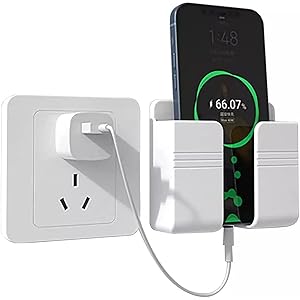
![CRATIX 360°Rotatable and Retractable Car Phone Holder, Rearview Mirror Phone Holder [Upgraded] Universal Phone Mount for Car Adjustable Rear View Mirror Car Mount for All Smartphones](https://m.media-amazon.com/images/I/410N7NZtIjL._SS300_.jpg)
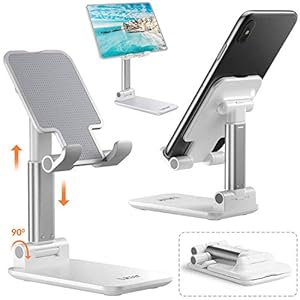
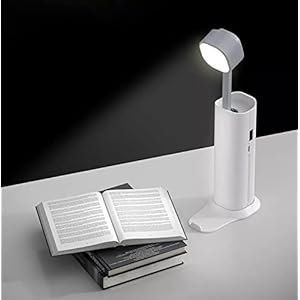



![Car Phone Holder Mount, [Military-Grade Suction & Super Sturdy Base] Universal Phone Mount for Car Dashboard Windshield Air Vent Hands Free Car Phone Mount for iPhone Android All Smartphones](https://m.media-amazon.com/images/I/51KK2oa9LDL._SS300_.jpg)
